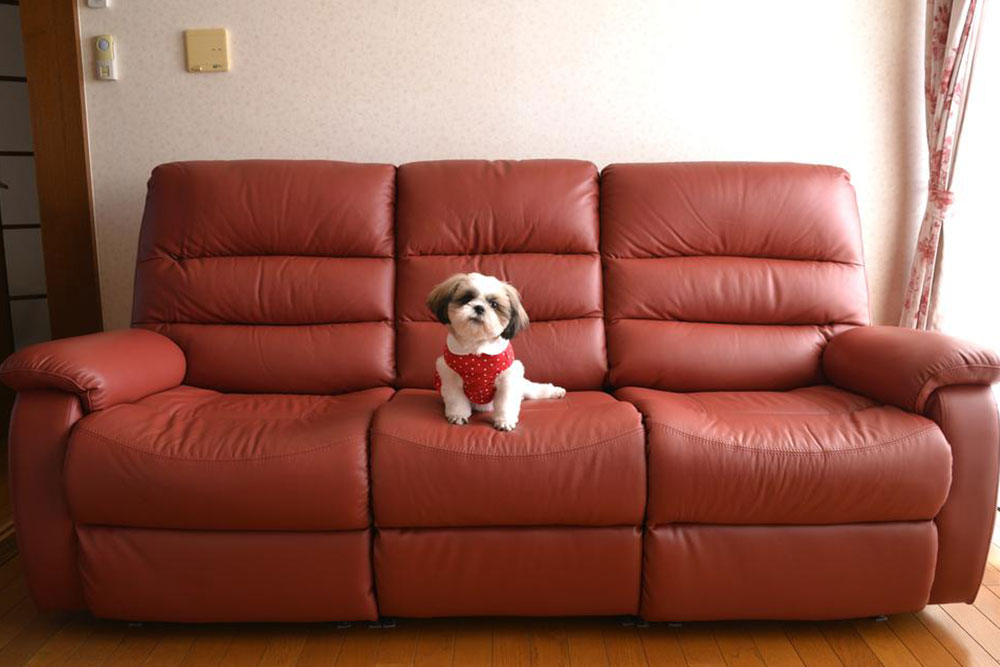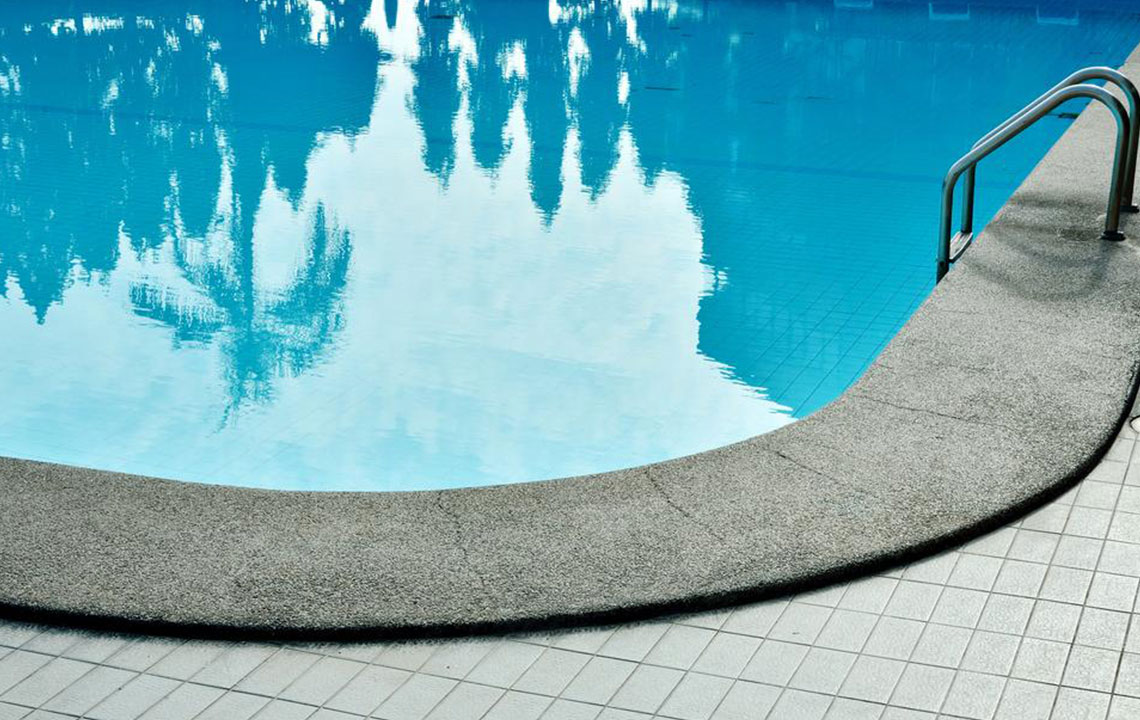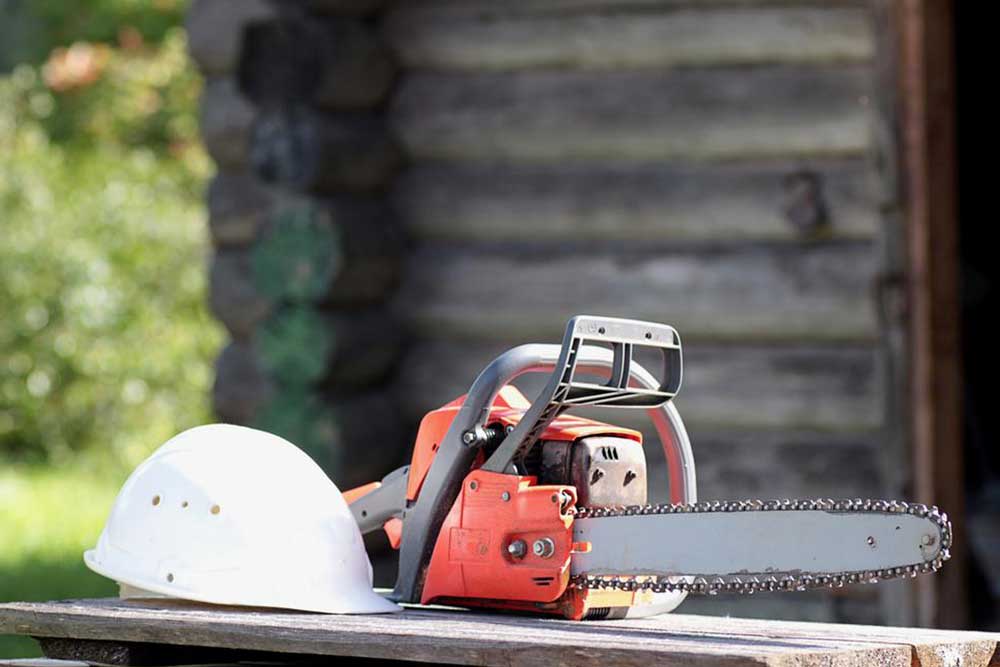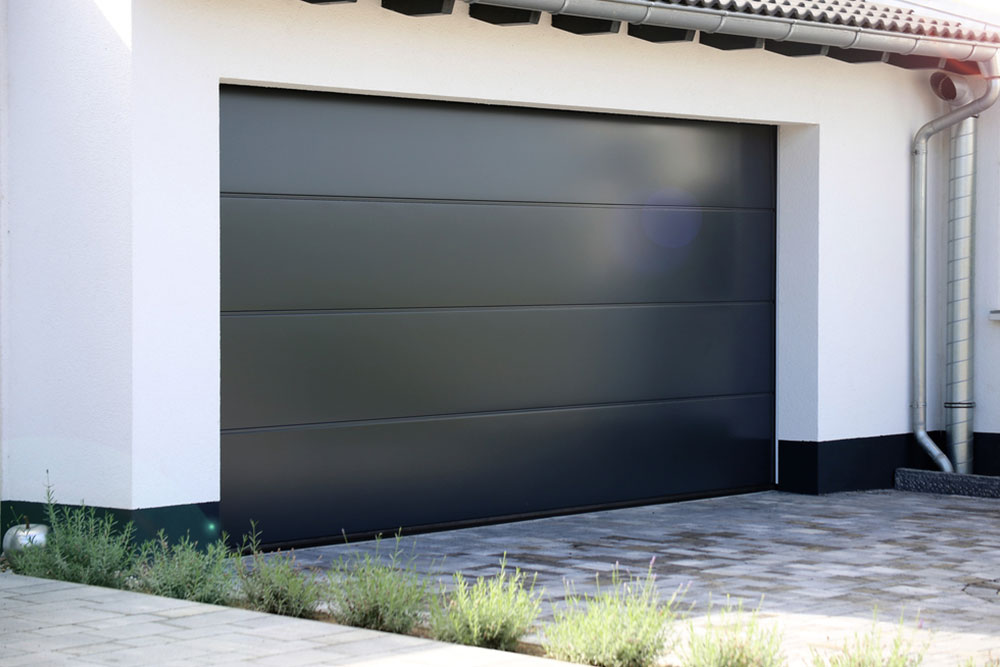Essential Tips for Building Your Custom Gas Fire Pit
Build a safe and stylish gas fire pit with our comprehensive tips. Learn about fuel options, construction methods, and safety precautions to create the perfect outdoor centerpiece for year-round enjoyment. Ensure compliance with local regulations and select heat-resistant materials like lava rock or fire glass for safety and aesthetic appeal.
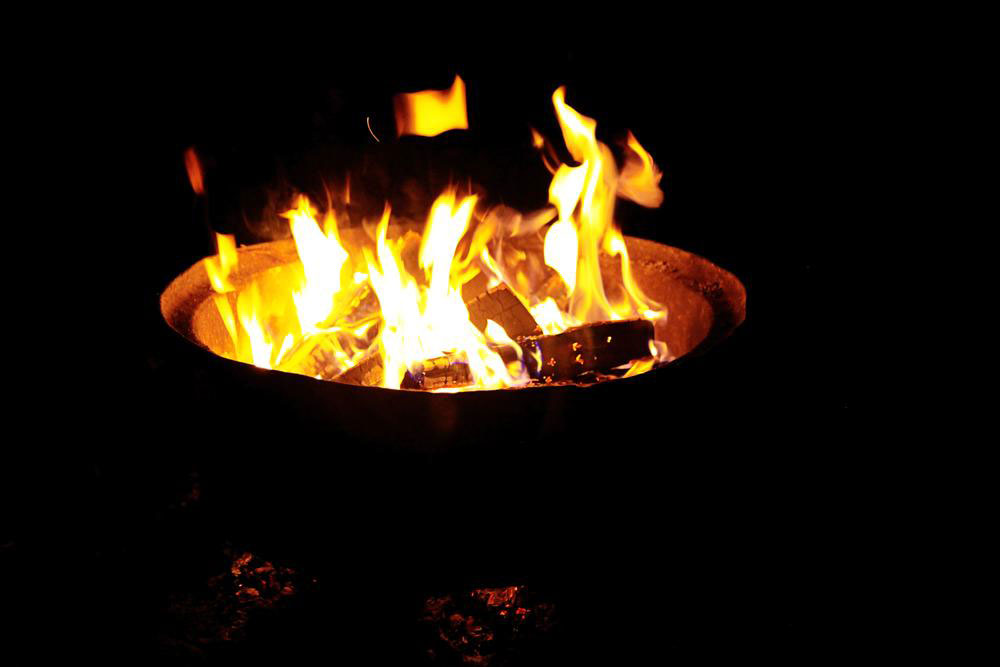
Essential Tips for Building Your Custom Gas Fire Pit
Adding a fire pit to your backyard creates a cozy atmosphere perfect for relaxing evenings with family and friends. For those living in regions with long winters, a fire pit can be enjoyed year-round, making it a valuable addition.
Before you start building your own gas fire pit, consider several important factors. Safety should always come first; choose a location well away from flammable materials to prevent accidents.
Since gas flames do not produce sparks or flying embers, they are generally safer than traditional wood-burning fire pits. Still, the heat from the fire pit can cause damage to nearby structures like vinyl siding if positioned too close. Local regulations regarding open flames are critical to review before installation.
Gas fire pits typically run on propane or natural gas. Kits are available to convert between these fuel sources. Propane fire pits offer portability with small tanks, while permanent setups can connect directly to a home’s natural gas supply. Natural gas tends to be more economical over time.
Construction is straightforward: use drop-in fire pit kits, which are often bowl-shaped and ready for installation. Build a suitable enclosure from stacked bricks, cinderblocks, or concrete pavers. Steel frames with powder coating are also popular; attach cement boards and finish with tile, brick, mortar, or stone for a customized look. Choose your burner type and fill the space with lava rocks or fire glass—fire glass provides more heat and comes in various colors and sizes for personalization.
For safety and longevity, avoid using river rocks or ordinary stones, as they can explode under intense heat due to trapped moisture. Instead, opt for fire-safe materials like lava rocks or fire glass to cover the burner, enhancing both safety and aesthetic appeal.


